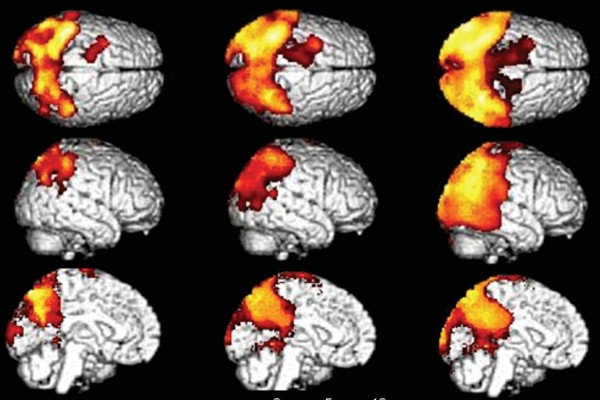‘The development of an Aphasia assessment battery for Qatari/Gulfian Arabic’ aims to develop a normative database and a comprehensive aphasia battery test for Arabic speakers with aphasia. The resulting database and battery will be driven by linguistic features specific to the Arabic language and culture, and will be available for use in hospitals, clinics, and speech therapy departments inside and outside Qatar.
Significance
There is a lack of psycholinguistic studies done on Arabic, specifically in normative data for variables affecting lexical retrieval. Moreover, linguistically informed clinical assessments for aphasia are not readily available for Arabic. At the moment, only translated tests are in use. These translated tests fail to take account of Arabic linguistic features which can result in inaccurate diagnosis, conclusions and interventions.
Therefore the main aim of this project is to develop data from Arabic, and construct various tests which will allow for clinicians and speech therapists to take account of Arabic linguistic features, rather than depend on translated versions adapted from normative databases for other languages.
Normative database
The database will include normative data collected from 160 adult healthy Qatari/Gulfian Arabic speakers for nouns/objects, verbs/actions, concepts, pictures, and adjectives that will be used in devising the aphasia subtests.
The normative data is collected for the following variables:
- Visual complexity of pictures
- Imageability
- Age of acquisition
- Name agreement
- Familiarity
- and other intrinsic features of the items in the dataset.
All stimuli included in the dataset were drawn by artists recruited for the project, and were controlled for word frequency, age of acquisition, length, familiarity, imageability, morpho-syntactic regularity, and syntactic complexity.
The material is available for download here.
Aphasia Battery
The aphasia battery will be modeled on up to date psycholinguistic and aphasia theory. In line with the Comprehensive Aphasia Test (CAT), the test will include a cognitive screen, expressive and receptive language assessment across written and spoken language, and a disability questionnaire. Therefore, the battery will include various assessment tests for all areas of language comprehension and production, associated neuropsychological deficits, and perceived disability with the impact on patients’ lives.
The test will also be clinically useful, and can be completed in 1-2, 45-60 min sessions. Each subtest will be constructed on the basis of contemporary knowledge of the factors/variables influencing aphasic performance in that task.
A test manual will also be developed, through which clinicians can be guided towards further assessment strategies and treatment plans that are directly related to the patents’ identified problems.
